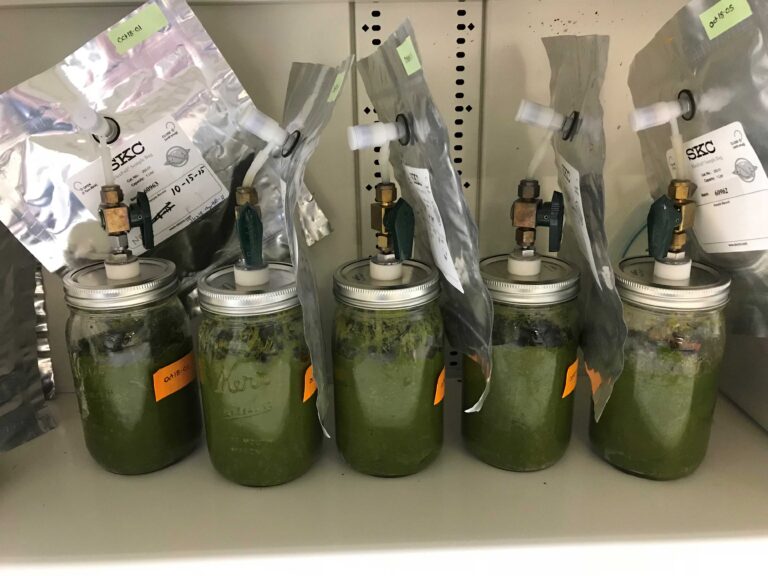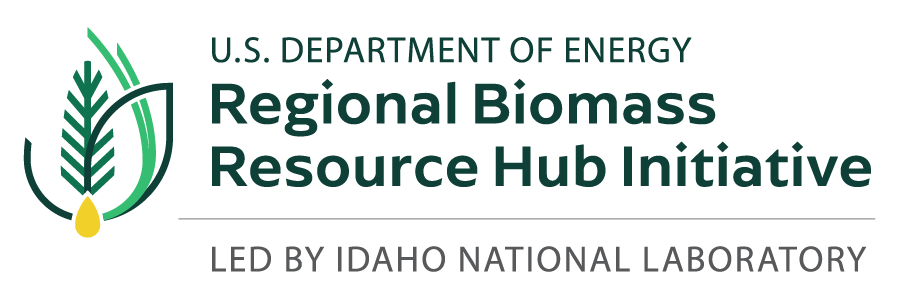Description
Algae biomass is at risk of degradation from the moment it is harvested until it can be utilized by a biorefinery. INL has been developing storage processes (both long-term and short-term) to preserve biomass quality and quantity.
Capability Bounds
Storage stability has been tested with >15 strains of microalgae, sargassum and algae blended with lignocellulosic biomass. The length of storage has varied between 4 hours and 180 days.
Unique Aspects
We can utilize proteomics and metagenomics to characterize post-harvest changes to algae metabolism and microbial community.
Availability
Stability studies can be conducted at multiple scales ranging from 120 mL to 3 L. They can be conducted at INL facilities or at cultivation sites to assess the stability of biomass at harvest.
Benefit
Storage can reduce algae biomass costs and improve processing.
Capability Expert(s)
Brad Wahlen, Jeremy Sabo

References
(1) Wendt, L. M. et. al. Evaluation of a high-moisture stabilization strategy for harvested microalgae blended with herbaceous biomass: Part I—Storage performance. Algal Research 2017, 25, 567-575. DOI: 10.1016/j.algal.2017.05.016.
(2) Wendt, L. M. et. al. Assessing the stability and techno-economic implications for wet storage of harvested microalgae to manage seasonal variability. Biotechnology for Biofuels 2019, 12 (1), 80. DOI: 10.1186/s13068-019-1420-0.
(3) Wahlen, B. D. et. al. Preservation of microalgae, lignocellulosic biomass blends by ensiling to enable consistent year-round feedstock supply for thermochemical conversion to biofuels. Front Bioeng Biotechnol 2020, 8 316, DOI: 10.3389/fbioe.2020.00316.
(4) Oginni, O. et. al. Effects of inoculation with lactic acid bacteria on the preservation of Nannochloropsis gaditana biomass in wet anaerobic storage and its impact on biomass quality. Fermentation 2022, 8 (4), 159.
